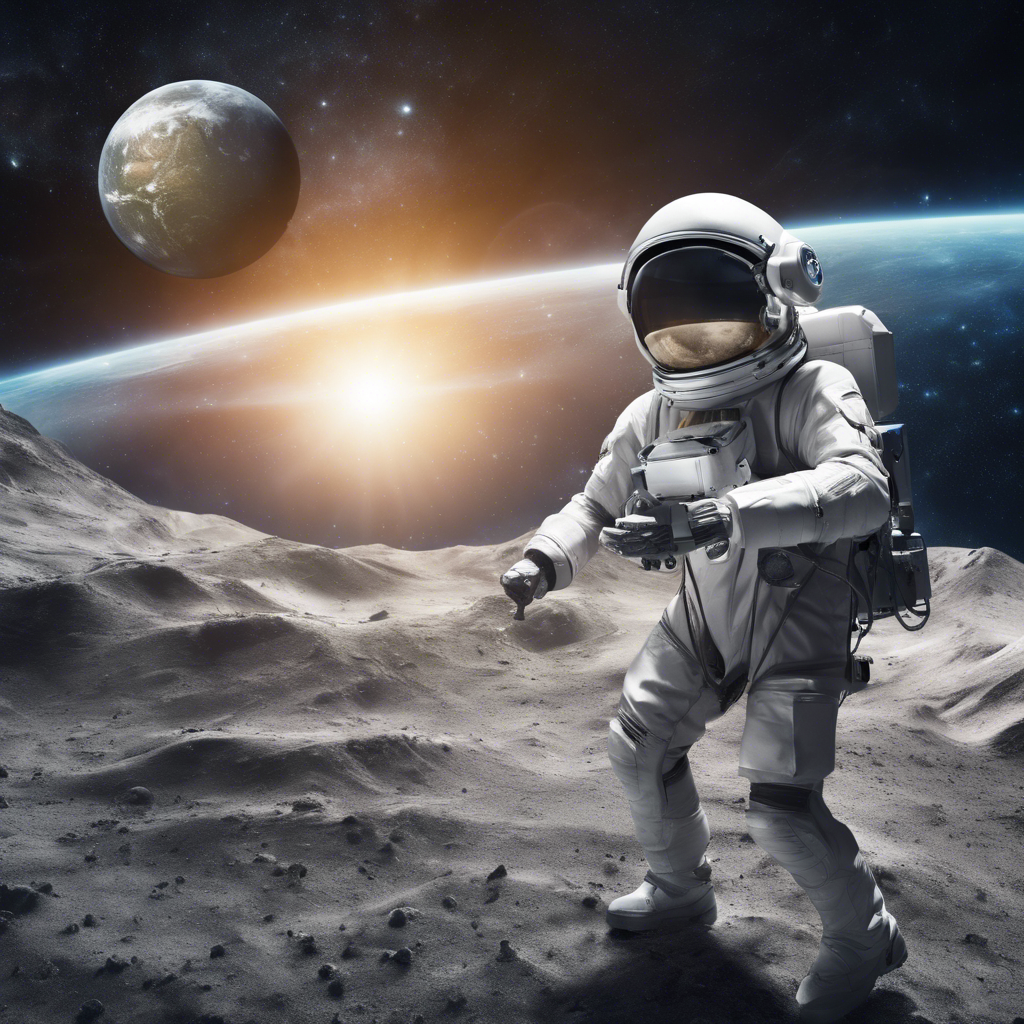Tim Marshall’s insights on the changing landscape of space exploration and its implications for the world
In his new book, “The Future of Geography: How the Competition in Space Will Change Our World,” renowned journalist and author Tim Marshall offers a thought-provoking analysis of the evolving dynamics in space exploration. Drawing on his extensive experience in foreign affairs and international diplomacy, Marshall delves into the key insights that shape the future of space. From the commercialization of the space race to the potential for mining the Moon, the book explores the geopolitical, economic, and technological implications of humanity’s quest for the stars.
1. The Space Race 2.0: A New Paradigm
The current space race differs significantly from its predecessor in the 1960s. While the previous race was driven by ideological competition between the United States and the Soviet Union, the new race is characterized by a commercial and military rationale. Major companies like Elon Musk’s SpaceX have taken center stage, alongside government agencies like NASA. Satellites have become integral to a country’s critical infrastructure, with implications for global connectivity, economic activity, and military capabilities. As the number of satellites in low earth orbit increases, concerns arise about potential overcrowding and the need for effective regulations.
2. Mining the Moon: Resources and Potential
The Moon holds vast resources, including silicon, iron, titanium, and lithium. However, the most valuable resource on the Moon is water, which can be used for drinking, oxygen extraction, and hydrogen production. Both the United States and China have plans to establish Moon bases by the early 2030s, with NASA aiming to send American astronauts back to the lunar surface by 2026. The Moon’s surface also serves as a potential launchpad for future missions to Mars. While the economic viability of lunar mining remains uncertain due to the high costs involved, the strategic importance of securing these resources may drive countries to invest in space exploration.
3. The Big Three: Superpowers in Space
The United States, China, and Russia currently dominate the space industry, with the USA leading the pack. China’s space program is rapidly accelerating, while Russia focuses on military applications. In the second tier, countries like Italy, France, the UK, Japan, and the UAE strive to establish themselves as significant players. India has also made significant strides, notably with its successful lunar landing. The third tier consists of countries with satellite capabilities, with advancements in technology and cost-sharing enabling smaller nations to participate in space activities. However, the competition for resources and geopolitical influence in space raises questions about fairness and equal access.
4. War in Space: New Frontiers of Conflict
Space has become an arena for potential conflict, as demonstrated by the first Gulf War and the ongoing Russia-Ukraine conflict. Satellites play a crucial role in surveillance, targeting, and missile guidance. The rise of dual-use machines and the growing problem of space debris pose new challenges. While armed conflict in space is not yet a reality, the militarization of satellites and the potential for satellite-based attacks raise concerns about future warfare scenarios. As countries enhance their space capabilities, the need for clear rules and agreements becomes increasingly urgent.
5. The Need for Updated Laws and Guidelines
The 1967 Outer Space Treaty, which prohibits countries from claiming sovereignty over celestial bodies, has not kept pace with technological advancements and commercial interests. The U.S.-led Artemis Accords aim to provide guidelines for space activities, but limited participation and differing views from countries like China and Russia pose challenges. Questions regarding ownership of lunar resources, proximity of satellites, and the use of space assets in military operations lack clear international consensus. Despite these challenges, space exploration continues to benefit humanity through climate monitoring, medical research, and advancements in renewable energy.
Conclusion:
As humanity ventures further into the cosmos, the future of space exploration holds immense potential and challenges. The commercialization of the space race, the quest for lunar resources, the geopolitical dynamics among superpowers, the specter of space warfare, and the need for updated laws and guidelines all shape the evolving landscape of space exploration. While uncertainties and complexities persist, the exploration of space offers opportunities for scientific discovery, technological advancements, and the pursuit of a sustainable future for humanity.










